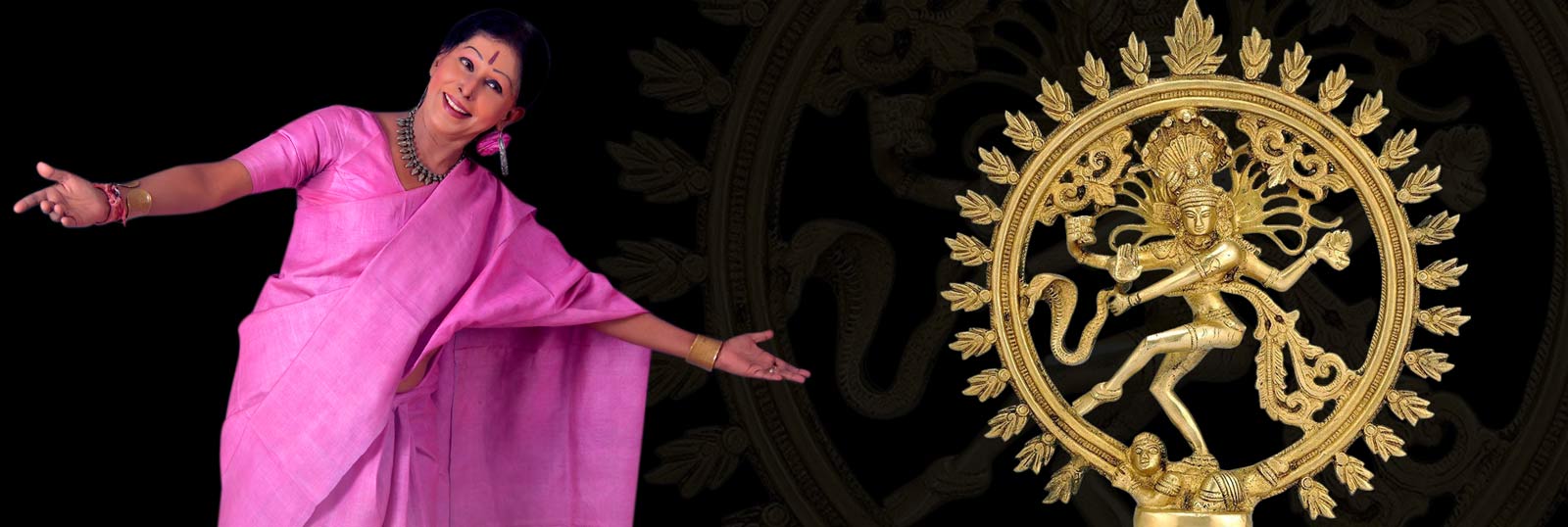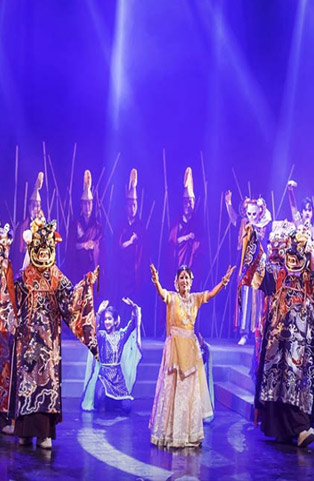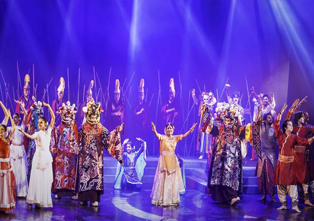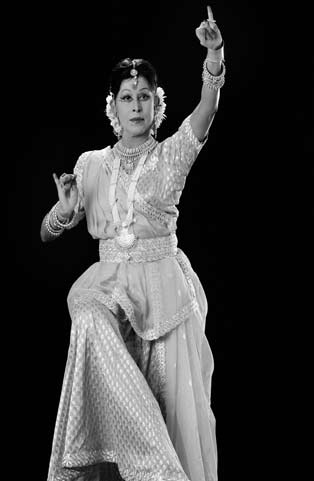AAHVAAN:
Aahvaan sought to call and exhort the awakening of goodness within every person in order to defeat the negative forces that seem to engulf mankind. Both fought battles for victory of good over evil. Goddess Durga fought fierce battles to gain victory over the demon Mahishasura and Lord Rama too, had to undergo 14 years exile and the trauma of abduction of his wife Sita by Ravana which finally culminated in a seven days battle in which Ravana was defeated and killed.
The dance presentation Aahvaan sought to portray these two major legends of our Indian mythology through Nava Durga, the nine avatars that the Devi took to fight various evil forces and Sant Tulsidas's 4 line verse, the Ek Shloki Ramayan that recalled major events in Lord Rama's life which finally culminated in his victory over the evil forces of Ravana.
Presentation: Group presentation
Duration: 45 minutes





 Shovana Narayan
Shovana Narayan  Mob: +919711543781, +919811173734
Mob: +919711543781, +919811173734 Email :
Email :